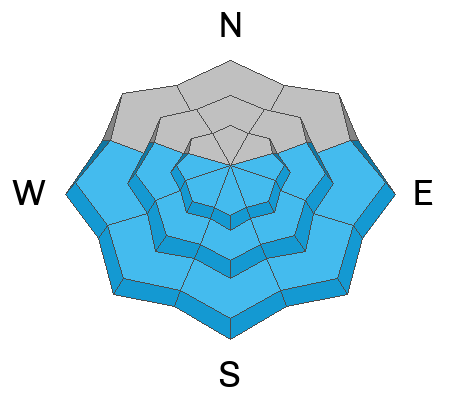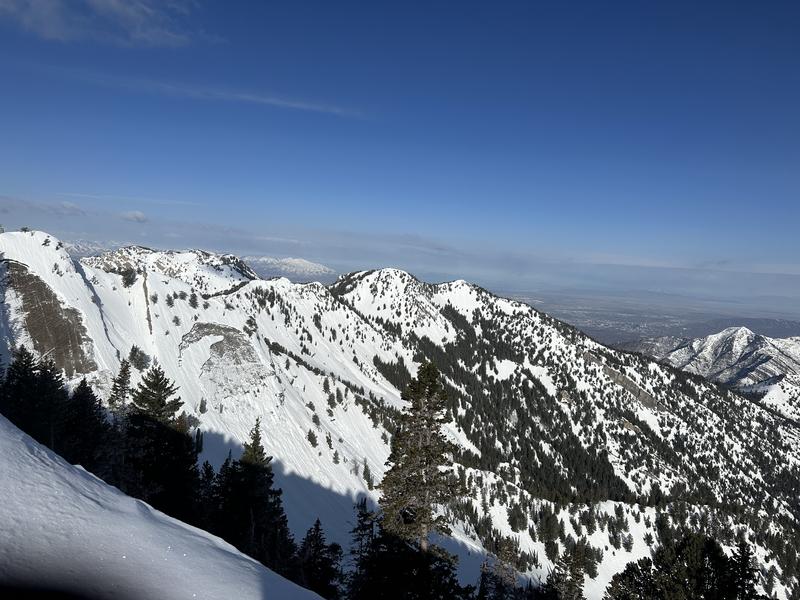Forecast for the Provo Area Mountains

Issued by Trent Meisenheimer on
Sunday morning, April 16, 2023
Sunday morning, April 16, 2023
The avalanche danger will quickly rise to MODERATE on slopes facing east, south, and west at all elevations for wet snow avalanches due to the sun and warm temperatures. Both natural and human-triggered avalanches will be possible during the day's heat once the snow becomes wet and unstable.
Other slopes facing the north side of the compass will not heat up as much, and therefore you will find a LOW avalanche danger.
Other slopes facing the north side of the compass will not heat up as much, and therefore you will find a LOW avalanche danger.
Slide-for-life conditions (where you cannot arrest after falling) are possible on smooth, hard, and frozen snow surfaces.

Low
Moderate
Considerable
High
Extreme
Learn how to read the forecast here










